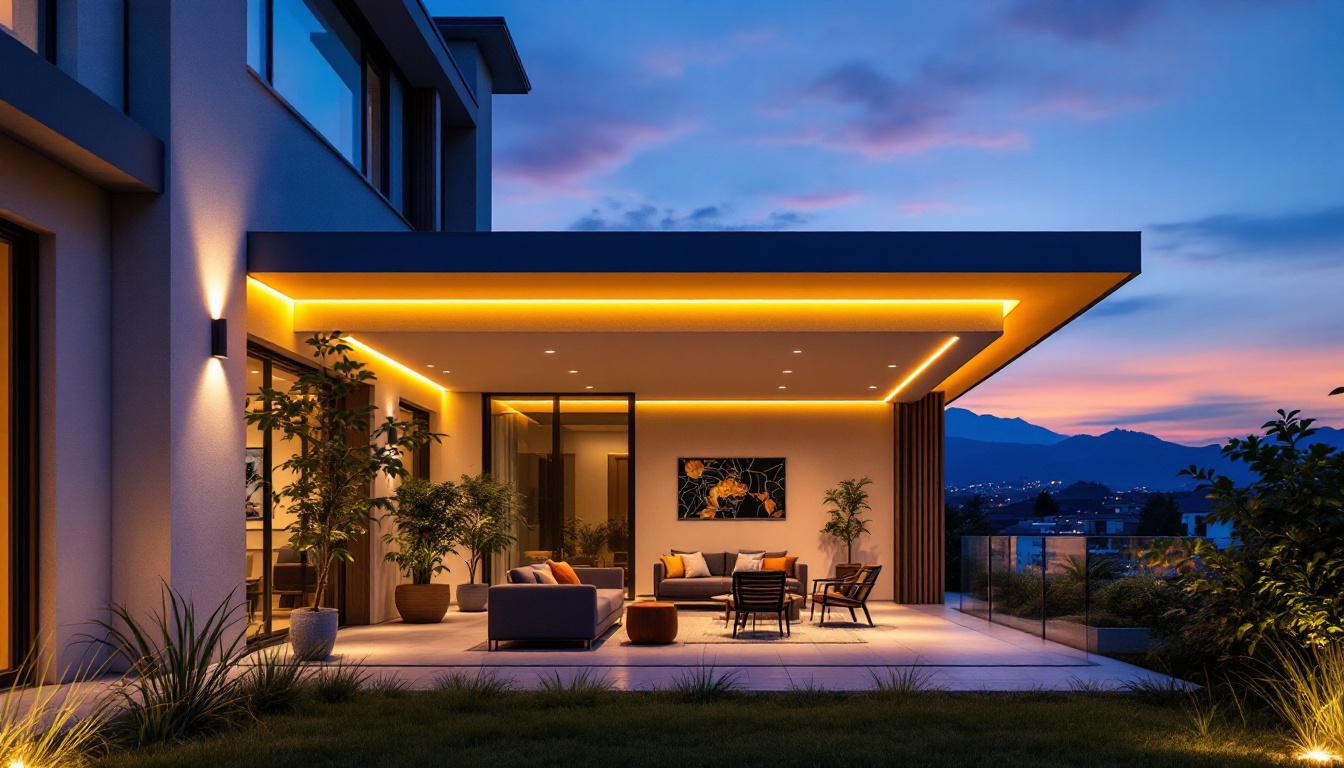
Lighting contractors play a crucial role in the installation and maintenance of lighting systems, ensuring that homes and businesses are well-lit and energy-efficient. Among the various tools and technologies available, light switches with timers have gained popularity for their convenience and energy-saving potential. However, the integration of these devices presents unique challenges for lighting contractors. This article explores the top challenges faced by contractors when working with light switches that feature timers.
One of the primary challenges that lighting contractors encounter is understanding the different types of timer mechanisms available in the market. Timer switches can vary significantly in terms of functionality, ranging from simple mechanical timers to advanced digital models with programmable settings. The choice of timer can greatly influence not only the efficiency of the lighting system but also the overall satisfaction of the client.
Mechanical timers are typically more straightforward, offering basic functionality that allows users to set on and off times. However, they may lack the flexibility that many clients desire. On the other hand, digital timers provide advanced features, such as programmable schedules and remote control capabilities. While these features can enhance user experience, they also require contractors to have a deeper understanding of the technology involved. Additionally, digital timers often come with energy-saving modes that can help reduce electricity costs, making them a more attractive option for environmentally conscious clients. The ability to customize settings for different days of the week or special occasions can also add significant value to a project.
Another aspect of timer mechanisms that contractors must consider is compatibility with existing lighting systems. Many homes and businesses have a variety of lighting fixtures, including incandescent, fluorescent, and LED lights. Each type of fixture may interact differently with timer switches, which can lead to unexpected issues during installation. Contractors must be well-versed in these interactions to ensure a seamless integration. For instance, some timers may not be compatible with dimmable LED bulbs, leading to flickering or failure to turn on. Furthermore, understanding the wattage and voltage requirements of different fixtures is crucial to avoid overloading the timer, which could result in damage or malfunction. A thorough assessment of the existing electrical infrastructure can save time and resources, ensuring that the installation process is as smooth as possible.
Installation of light switches with timers can present several challenges that require careful planning and execution. From wiring complexities to physical space limitations, contractors must navigate a range of issues to complete the job effectively.
One of the most significant hurdles in installing timer switches is dealing with the wiring. Timer switches often require specific wiring configurations that differ from standard light switches. This can involve additional connections or modifications to existing wiring systems. Contractors must be meticulous in their work to avoid wiring errors that could lead to malfunctions or safety hazards. Moreover, understanding the electrical codes and regulations in the area is crucial, as improper wiring could not only compromise safety but also lead to legal repercussions. It’s essential for contractors to stay updated on these codes, as they can change frequently, and what was compliant last year may not be acceptable today.
Physical space can also pose a challenge during installation. In many cases, the area behind a switch plate may be cramped or cluttered with other wiring, making it difficult to fit a timer switch. Contractors may need to find creative solutions, such as using shallow boxes or relocating existing wiring, to accommodate the new switch. These adjustments can add time and complexity to the installation process. Additionally, the presence of insulation or other materials in the wall can complicate access to the wiring, requiring contractors to carefully assess the situation before proceeding. In some instances, they might even need to cut into drywall or other surfaces, which can lead to further repairs and finishing work after the installation is complete.
Another challenge that often arises during the installation of timer switches is compatibility with existing fixtures and systems. Not all timer switches are designed to work with every type of light fixture or bulb, especially with the increasing popularity of LED lighting. Contractors must ensure that the selected timer switch is compatible with the specific lighting setup to avoid flickering or inadequate performance. This may involve researching the specifications of both the timer and the fixtures, as well as considering the overall load on the circuit. In some cases, additional components like load resistors may be necessary to ensure smooth operation, further complicating the installation process.
Educating clients about the benefits and limitations of light switches with timers is another challenge that lighting contractors face. Clients may have high expectations for these devices, often assuming they will provide a level of convenience that may not be entirely realistic.
Contractors must communicate the capabilities of timer switches clearly. For instance, while timers can automate lighting schedules, they cannot account for unexpected changes in a client’s routine, such as late nights or spontaneous outings. Setting realistic expectations helps prevent dissatisfaction and ensures that clients understand how to use the technology effectively. Furthermore, it is crucial to discuss the potential for power outages or system resets that could disrupt pre-set schedules, emphasizing the importance of regular maintenance and occasional reprogramming to keep everything running smoothly.
In addition to setting expectations, contractors often find it beneficial to demonstrate the functionality of timer switches to clients. A hands-on demonstration can help clients grasp how to program the device, adjust settings, and troubleshoot common issues. This proactive approach not only enhances client satisfaction but also reduces the likelihood of follow-up service calls. Moreover, contractors can provide clients with informational materials or video tutorials that they can refer back to after the installation, reinforcing their understanding and confidence in using the technology. By empowering clients with knowledge, contractors not only foster a sense of ownership over their lighting systems but also build trust, which can lead to future referrals and repeat business.
energy efficiency is a primary selling point for light switches with timers. However, contractors must navigate various considerations to ensure that the installation truly contributes to energy savings.
To effectively promote energy efficiency, contractors need to have a solid understanding of how timer switches can impact energy consumption. For instance, timers can help reduce energy waste by ensuring that lights are only on when needed. However, if not programmed correctly, they can lead to increased energy use, particularly if they inadvertently keep lights on longer than necessary.
Many modern timer switches integrate with smart home systems, allowing for enhanced energy management. Contractors must stay informed about these technologies to recommend the best solutions for their clients. This may involve understanding how to connect timer switches to home automation systems, ensuring that clients can take full advantage of energy-saving features.
Every lighting installation must adhere to local building codes and regulations. This compliance becomes even more crucial when installing timer switches, as these devices often fall under specific electrical codes.
Lighting contractors must remain current on local electrical codes to ensure compliance during installation. This includes understanding any specific requirements related to timer switches, such as load limits or safety features. Failure to comply can lead to penalties, increased liability, and safety risks for clients.
In some jurisdictions, installing timer switches may require permits and inspections. Contractors need to be aware of these requirements and guide clients through the process. This can involve submitting plans, scheduling inspections, and addressing any issues that arise during the evaluation. Being proactive in this area can help streamline the installation process and enhance client trust.
After installation, maintaining and troubleshooting timer switches can present ongoing challenges for lighting contractors. Clients may encounter issues that require professional assistance, and contractors must be prepared to address these concerns effectively.
Timer switches can experience various issues, such as incorrect programming, power surges, or compatibility problems with lighting fixtures. Contractors should be familiar with common troubleshooting techniques to assist clients promptly. This knowledge not only enhances customer satisfaction but also establishes the contractor as a trusted expert in the field.
Offering ongoing support for timer switches can foster long-term relationships with clients. Contractors may consider providing maintenance services or check-ins to ensure that the timer switches continue to function optimally. This proactive approach can lead to repeat business and referrals, as satisfied clients are more likely to recommend the contractor to others.
Light switches with timers offer numerous benefits, including convenience and energy efficiency. However, lighting contractors face various challenges when integrating these devices into existing systems. By understanding timer mechanisms, navigating installation complexities, educating clients, and ensuring compliance with regulations, contractors can successfully overcome these challenges. Furthermore, providing ongoing support and maintenance can enhance client satisfaction and establish a strong reputation in the industry.
As technology continues to evolve, staying informed about the latest advancements in timer switches and smart lighting solutions will be essential for lighting contractors. Embracing these challenges not only improves the quality of service provided but also positions contractors as leaders in the ever-changing landscape of lighting technology.
Ready to tackle the challenges of integrating timer switches with confidence? Look no further than LumenWholesale for your lighting needs. We provide contractors with high-quality, spec-grade lighting products, including a wide range of timer switches, at unbeatable wholesale prices. With our direct-to-contractor approach, you’ll enjoy superior products without the inflated markups of local distributors. Plus, our commitment to hassle-free bulk buying with free shipping means you can stock up on reliable, high-performance lighting solutions and pass on the savings to your clients. Elevate your lighting projects with the perfect blend of quality, affordability, and convenience at LumenWholesale — your go-to source for Wholesale Lighting at the Best Value.

Discover the essential insights lighting contractors need to meet client expectations for ceiling fan lighting.

Explore how 0-10V dimmable technology is revolutionizing the lighting industry and impacting contractors’ profitability.

Discover how solar soffit lighting can transform your home’s exterior with sustainable elegance.

Discover essential tips for selecting outdoor lights with motion sensors and learn how to sidestep common pitfalls in your lighting projects.